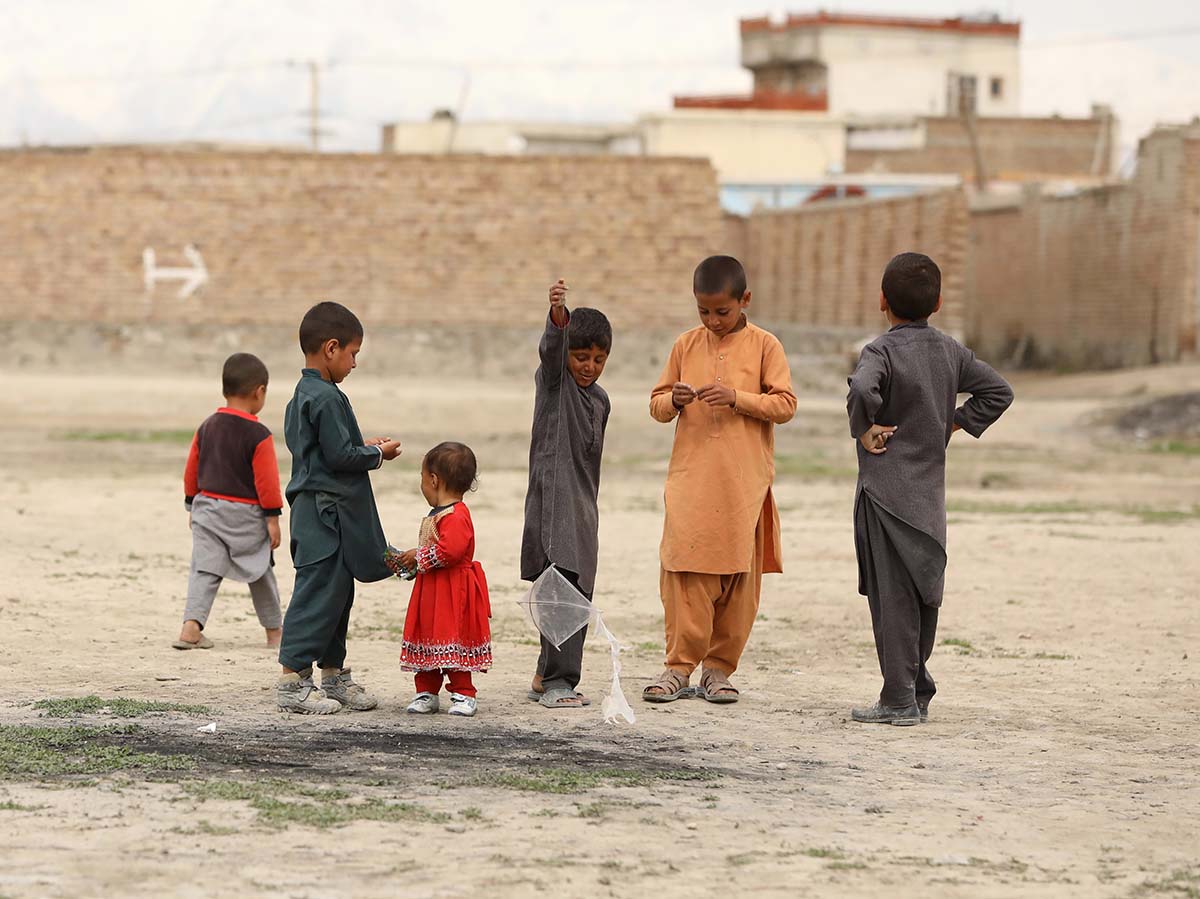Thirty years ago today (20 November 2019), the United Nations (UN) General Assembly adopted the Convention on the Rights of the Child, a crucial step* to enshrining children’s rights in international law.
(*The convention came into force on 2 September 1990.)
The UN had already promoted a child’s right to education, a supportive environment, and care in the Declaration of the Rights of the Child in 1959. What made the 1989 convention different is that it spelled these rights out more explicitly.
It is the most ratified human rights convention in the world. The only UN member country that has not ratified it so far is the US*. Even South Sudan, the newest country in the world, ratified it in 2015.
(*So far, most opposition has come from the religious right.
Read more in this article.)
When I started thinking about marking the date, my first instinct was to look at all the ways in which the convention has not made any difference. But I soon realised that anniversary after anniversary, several news outlets have dedicated themselves to doing so, and the UN’s own children’s agency, Unicef*, has just released a report, on all the work that remains to be done.
(*Unicef is the United Nations Children’s Fund, the UN agency that advocates for children’s rights.)
So I thought about changing perspective and trying to approach this from a different angle.
Of course, adoption of a treaty doesn’t mean a direct application of its principles. However, over the past 30 years, a lot has been achieved: mortality rates for children* under five have fallen by 59%; today only 8% of primary-school-aged children are not in education, compared to 18% 30 years ago.
(*Children in the convention are identified as people aged up to 18.)
Still, what I’m most interested in is how this international treaty has changed our perception of children and the treaty’s long-term effects on our everyday lives.
As such, to my mind, the most striking elements of the convention is that it stated that children’s views should be respected as valid and that it recognised play as one of their fundamental rights* – giving the latter equal status to other rights**, such as the right to live with a family, healthcare, nutrition, education, and freedom of religion.
(*Play was mentioned also in the 1959 Declaration of the Rights of the Child, but only in relation to education: “The child shall have full opportunity for play and recreation, which should be directed to the same purposes as education; society and the public authorities shall endeavour to promote the enjoyment of this right.”
Read the full declaration here.)
(**Article 31 of the convention says: “States Parties recognise the right of the child to rest and leisure, to engage in play and recreational activities appropriate to the age of the child and to participate freely in cultural life and the arts.”)
The inclusion of the right to play was the result of several years of negotiations, Theresa Casey, play advocate and former chair of the International Play Association, told me over the phone.
“The first draft didn’t have the right to play at all,” she says. “How could you have a convention for children without the mention of play? It would be the first thing that children would mention!”
Play is often considered frivolous and less important than other needs, such as good nutrition. But play is fundamental in the development of our brains, especially in the first 1,000 days of life. For example, children can learn problem solving and collaboration by playing – elements that are necessary for the growth of the executive functions in the prefrontal cortex.
(The prefrontal cortex is situated in the frontal part of the brain and is responsible for rational decisions.)
By putting play at the same level as other rights, the 1989 convention set an important precedent because it implicitly argued for play to become part of children’s lives regardless of the context. This meant that all children – even those experiencing crisis, war, poverty, or illness – should be granted the possibility to play.
“Play is an everyday right for children, not just something for special occasions,” says Casey.
Of course, that is not yet the case in many other contexts, but we are slowly becoming more aware of the importance of play for the sake of it. Would this have been the case without the 1989 convention? My inkling is no.
This article first appeared in The Correspondent, the member-funded platform that shut down on 1 January 2021.

